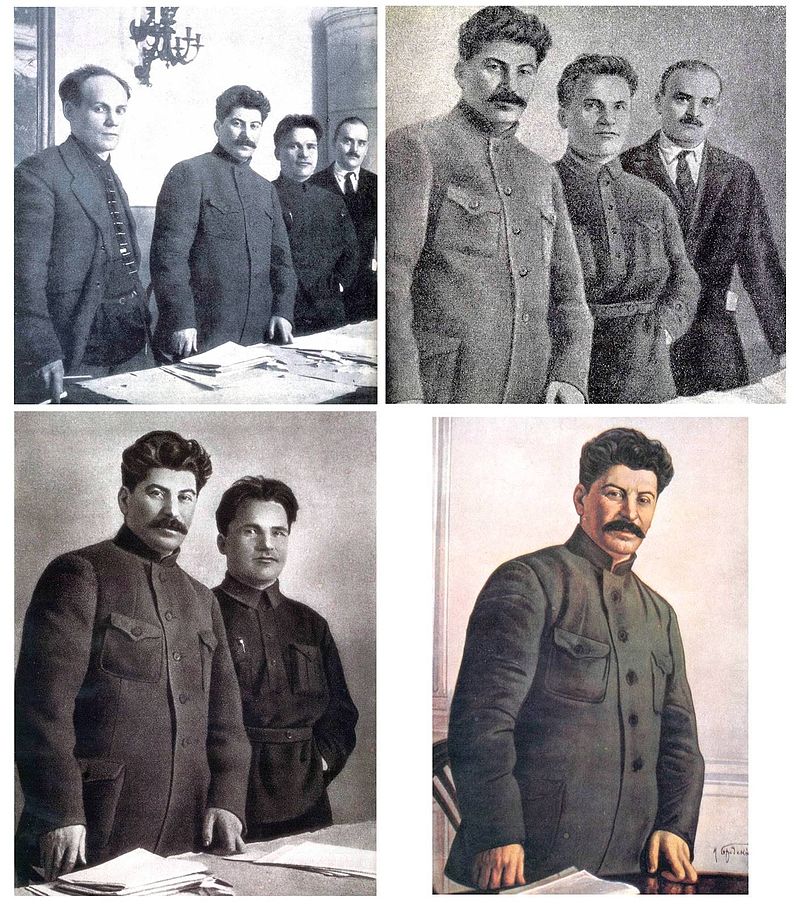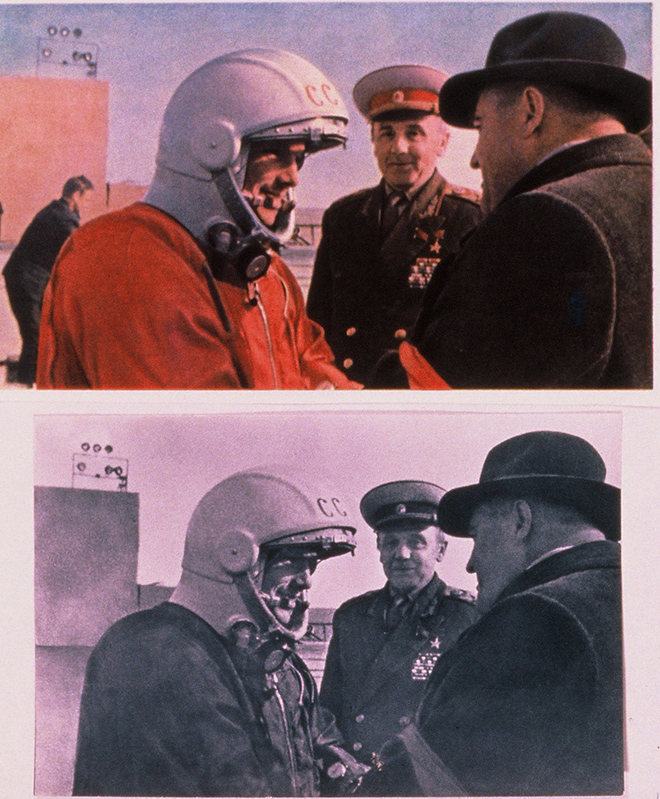Two titans of comedy passed away this weekend, but the deaths of Dick Gregory and Jerry Lewis have seemed like cultural footnotes amidst some of the most anxious, angry few days in recent U.S. history. Gregory and Lewis are stars of a bygone era, maybe two full generations behind contemporary popular relevance. And yet, in many ways, the mid-20th century world where both men got their start feels closer than ever.
Both Gregory and Lewis once wielded considerable power in the entertainment industry and in their other chosen spheres of influence—the civil rights movement and charitable giving, respectively. In nearly every other respect, the two could not have been more different.
Gregory broke into mainstream success with a new wave of black comics like Bill Cosby and Richard Pryor, and like Pryor, he did so by telling painful truths about racism that many white Americans laughed about but were unwilling to honestly confront or change. You can hear an early example in the routine above, from his 1962 album Dick Gregory Talks Turkey.
Gregory got his big break in 1961 when he seized the moment in a tryout at Hugh Hefner’s Chicago Playboy Club. As he later told CBS Sunday Morning, “I pushed that white boy out of the way and ran up there…. Two hours later, they called Hefner. And Hefner came by and they went out of their mind.” That same year, he made his first national TV appearance. See it at 15:16 in the documentary Walk in My Shoes just above, which also features Malcolm X and Congress for Racial Equality (CORE) founder James Farmer.
In the playlist below, you can hear three full Gregory comedy recordings, Living Black & White (1961), East & West (1961), and an interview album, Dick Gregory on Comedy. Throughout his career, Gregory was an uncompromising civil rights activist who was beaten and arrested in the sixties at marches and protests. He was at the 1963 March on Washington, faced down the Klan to help integrate restaurants, and fasted to protest the Vietnam War. In a review of his provocatively-titled autobiography, The New York Times described him as “a man who deeply wants a world without malice and hate and is doing something about it.”
He also did something about it in comedy. When Jack Paar’s producer called him to appear on the show, Gregory hung up on him. Then Paar himself called, and Gregory told him he wouldn’t come on unless he could sit on the couch, a privilege afforded white comics and denied their black counterparts. Paar agreed. “It was sitting on the couch,” he said, “that made my salary grow in three weeks from $250 working seven days a week to $5,000 a night.” For the next several decades, he leveraged his wealth and fame for humanitarian and civil rights causes, and even a run for mayor of Chicago in 1967 and a popular write-in presidential campaign in the 1968 election. He died at 84 a venerated elder statesman of stand-up comedy and of the Civil Rights Movement.
Jerry Lewis’s legacy is much more complicated, and serves in many ways as a “cautionary tale,” as Nick Gillespie puts it, for the hubris of celebrity. Lewis broke through in the 50s as the animated, rubbery comic foil to Dean Martin’s suave straight man in the hugely famous comedy duo of Martin & Lewis. See them above do a standup routine in 1952 on their Colgate Comedy Hour, with an introduction (and intervention) from Bob Hope. The act was a phenomenon. “Coming from literally nowhere,” writes Shawn Levy at The Guardian, “the pair rode a skyrocketing 10-year career that made them staples of American showbiz for the rest of their lives…. They met when they were just two guys scuffling for a break in Times Square, and they helped forge a new brand of popular entertainment suited to the postwar mood.”
In the same year as the broadcast further up, Lewis made his first appearance, with Martin and Jackie Gleason, on the Muscular Dystrophy Associations of America (MDAA) telethon. Just above, see them do a bit while the familiar banks of operators stand by behind them. Lewis began hosting his own MDAA telethon in 1966 and did so until 2010, raising billions for the organization, which remembers him as a “Comic genius. Cultural icon. Humanitarian.” Many disability activists feel otherwise, including many former “Jerry’s Kids,” his “pet name,” writes Gillespie, for the poster children he recruited to represent the MD community on the telethon and related advocacy materials. “The telethon was widely parodied,” and Lewis’s efforts have been seen by many activists and protestors as self-serving, perpetuating harmful, demeaning attitudes and encouraging pity for MD sufferers rather than acceptance and social equality.
As a movie star, Lewis often played an all-American doofus whose physical antics and stammering, boyish persona endeared him to audiences (see above, for example, from 1952’s Sailor Beware). As a director, he made tightly choreographed madcap comedies. He also traded in offensive stereotypes, participating in an ugly Hollywood tradition that emerged from anti-Chinese bigotry of the 19th century and anti-Japanese World War II propaganda. (Lewis was unflatteringly remembered in The Japan Times as the “king of low-brow comedy… forever squealing, grimacing and flailing his way” through various roles.) He introduced Asian caricatures into his act in the Martin & Lewis days (see below) and reprised the shtick in his critically-loathed 1980 film Hardly Working, in which, writes Paul Macovaz at Senses of Cinema, he “realizes an offensive, profoundly racist yellow-face sashimi chef.”
“I imagine that most viewers will be troubled by it,” Macovaz comments, “wrenched viscerally from their enjoyment of the Lewisian idiot and pressed squirming into the overdetermined conceptual narrative zone of American Orientalism.” Those viewers who know another of Lewis’s later-career disasters will recognize another awkward character in Hardly Working, the sad-faced clown of 1972’s disastrous The Day the Clown Died, a film so ill-advised and badly executed that Lewis never allowed it to be released. (Just below, see a short documentary on the abortive effort.) In the movie, as comedy writer Bruce Handy noted in a 1992 Spy magazine article, the comedian plays “an unhappy German circus clown… sent to a concentration camp and forced to become a sort of genocidal Pied Piper, entertaining Jewish children as he leads them to the gas chambers.” Meant to be his first “serious,” dramatic role, the largely unseen film now stands as an archetypal epitome of poor taste—an artistic failure that Mel Brooks might have dreamed up as a sick joke.
As Gillespie points out, Lewis’s last years saw him threatening to punch Lindsay Lohan and telling refugees to “stay where the hell they are.” Long past the time most people wanted to hear them, he persisted in making “racist and misogynistic jokes” and gave “the most painfully awkward interview of 2016” to the Hollywood Reporter. He became well-known for verbally abusing his audiences. The running joke that Lewis was beloved by the French, which “only made him less respectable in his home country,” may have been run into the ground. But in the latter half of his career, it sums up how much American comedians—even those like Steve Martin, Robin Williams, Jim Carrey, and Eddie Murphy, who were clearly influenced by his manic humor—were often unwilling to make too much of the debt. But looking back at his 1950s dada zaniness and at films like The Nutty Professor, it’s impossible to deny his contributions to 20th century comedy and even a certain brand of absurdist 21st century humor.
Related Content:
Hear 30 of the Greatest Standup Comedy Albums: A Playlist Chosen by Open Culture Readers
Chris Rock Creates a List of His 13 Favorite Standup Comedy Specials
Bill Hicks’ 12 Principles of Comedy
Josh Jones is a writer and musician based in Durham, NC. Follow him at @jdmagness








